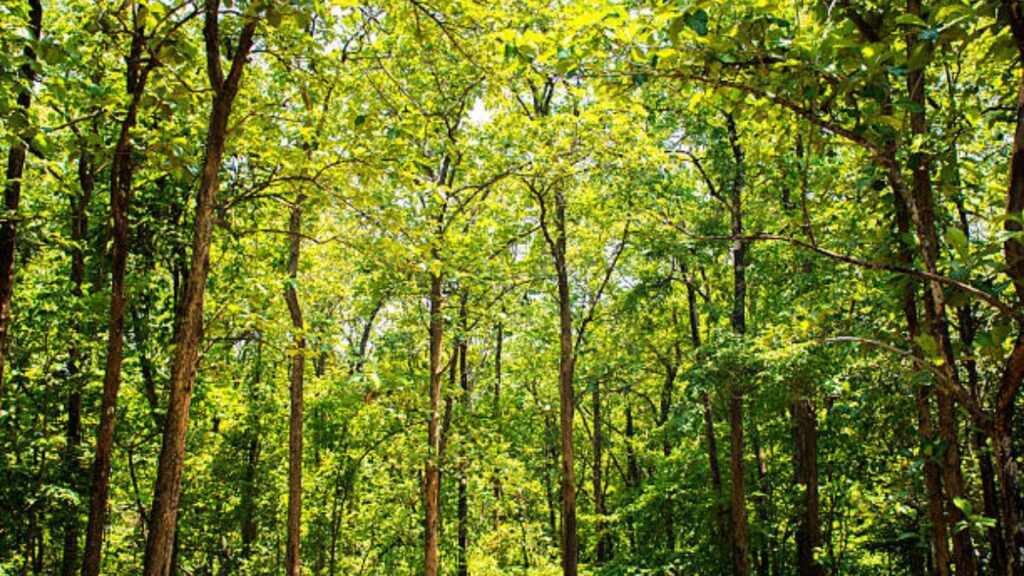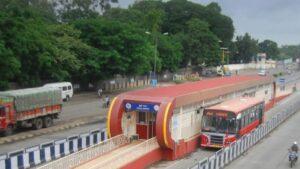Garbage Dumps in Pryagraj Converted into 56,000 sq. meters of Dense Forests Using Miyawaki Technique Ahead of Mahakumbh 2025

Around 56000 sq. meters of denser forests were created at garbage dumping sites using Miyawaki Technique - Image for representation
In support of environmental conservation, garbage dumps were converted into verdant forests as part of Mahakumbh 2025.
Dense trees have been planted across Prayagraj in anticipation of Mahakumbh 2025 in order to provide clean air and a healthy environment for the millions of pilgrims that are anticipated to visit the city. Over the past two years, the Prayagraj Municipal Corporation has established several oxygen banks using the Japanese Miyawaki technology, which have since grown into verdant woods. These initiatives are vital to environmental preservation since they have improved the air quality in addition to increasing the amount of flora.

According to Prayagraj Municipal Corporation Commissioner Shri Chandra Mohan Garg, the Miyawaki Technique is being used to create dense woods in several areas of the city. Over the last two years, the Corporation has planted trees at over ten locations throughout the city, spanning 55,800 square meters. After clearing the city’s largest rubbish dumping yard, 27,000 trees of 27 different species were planted in Baswar, while the largest plantation, consisting of over 1.2 lakh trees of 63 kinds, was completed in the Naini industrial area. This project is lowering dust, grime, and unpleasant odors in addition to aiding in the removal of industrial waste. It’s also making the city’s air quality better. Miyawaki forests have many benefits, such as reducing air and water pollution, preventing soil erosion, and increasing biodiversity.

Dr. N.B. Singh, a former professor of botany at Allahabad Central University, claims that this technique helps dense woods grow quickly, which lowers the summertime temperature differential between day and night. In addition, these woods increase soil fertility, increase biodiversity, and provide home for birds and animals. Large forests created using this method can also reduce temperatures by 4 to 7 degrees Celsius, which has major positive effects on the environment.

A vast range of species are included in the project, from ornamental and medicinal plants to fruit-bearing trees. Mango, mahua, neem, peepal, tamarind, arjuna, teak, tulsi, amla, and ber are among the important plants that were planted as part of the project. Furthermore, hibiscus, kadamba, gulmohar, jungle jalebi, bougainvillea, and brahmi have been included as both decorative and therapeutic plants. Sheesham, Bamboo, Kaner (yellow and red), Tecoma, Kachnar, Mahogany, Lemon, and Drumstick (sahjan) are some of the other species.
Understanding Miyawaki Technique
Renowned Japanese botanist Akira Miyawaki invented the ground-breaking Miyawaki technique in the 1970s, which allows for the creation of dense forests in constrained areas. This technique, which is sometimes called the “pot plantation method,” entails planting trees and bushes near to one another in order to hasten their growth. With this method, plants develop ten times faster, which makes it a useful option for cities.
This technique uses a variety of native species that are thickly planted to resemble natural forests. It speeds up the development of forests, increases biodiversity, and improves soil quality. Compared to conventional forests, trees planted with the Miyawaki approach sustain richer biodiversity, grow more quickly, and absorb more carbon.
This method has created green ecosystems on contaminated, desolate soils in urban areas. It has effectively controlled air and water pollution, minimized dust and unpleasant odors, and handled industrial waste. It is a useful instrument for environmental restoration since it also stops soil erosion and maintains ecological equilibrium.









